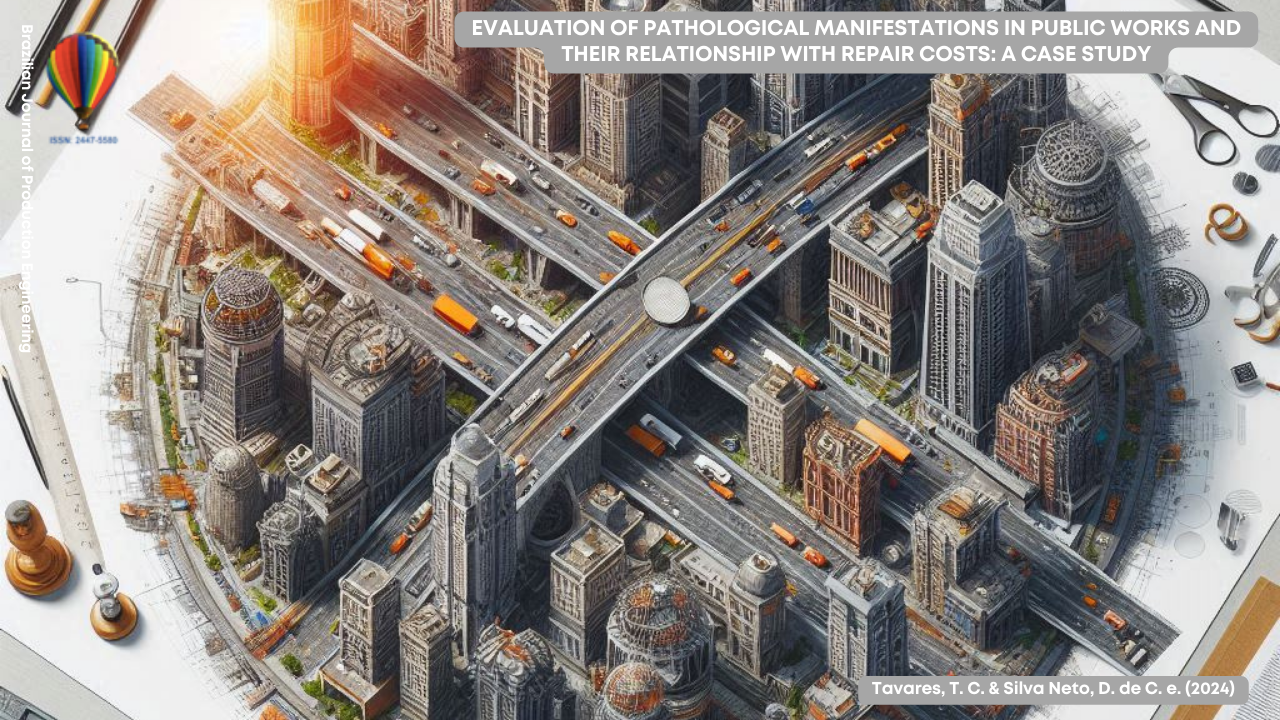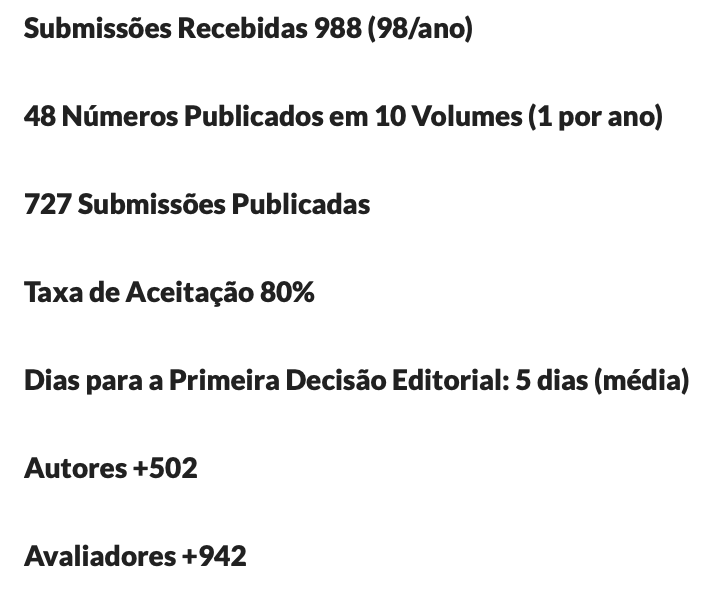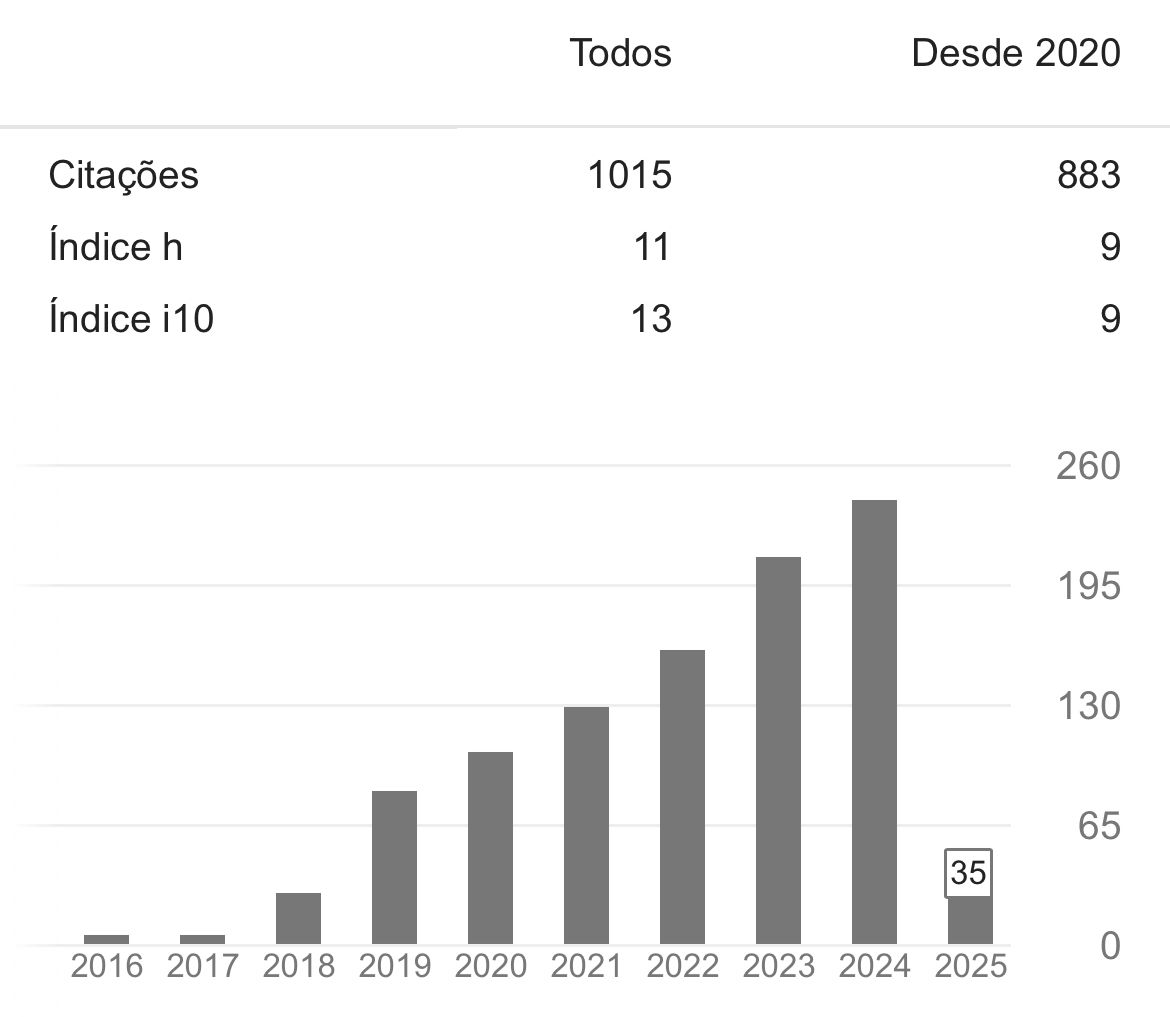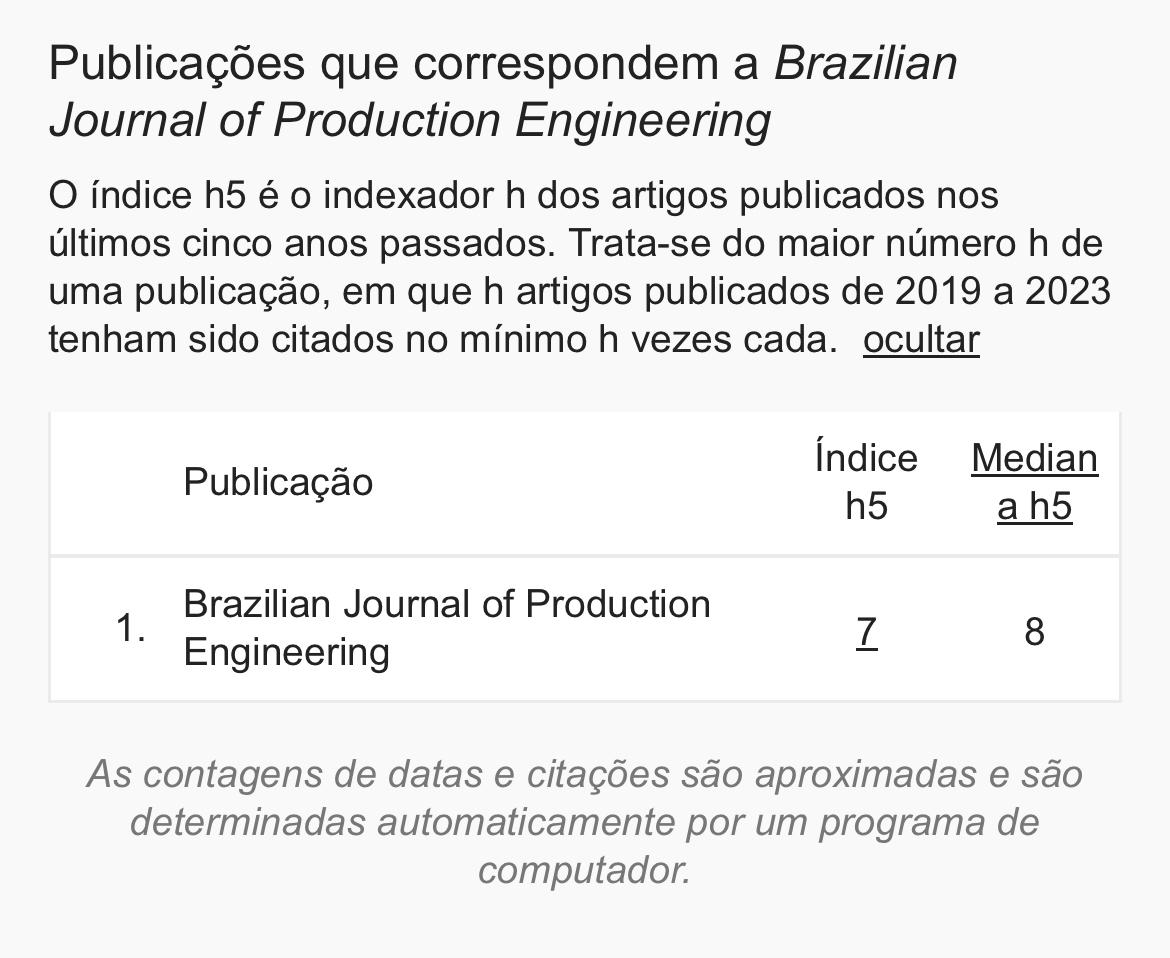Evaluation of pathological manifestations in public works and their relationship with repair costs: a case study
DOI:
https://doi.org/10.47456/bjpe.v10i3.44636Keywords:
Pathological manifestations, Financial impact, Repair costs, Public managementAbstract
The construction sector is crucial to the Brazilian economy, even during periods of crisis, given its significant contribution to the Gross Domestic Product and the stimulation of related sectors' growth. However, the premature deterioration of buildings, often resulting from construction failures or pathological issues, challenges the quality and durability of constructions. This study aims to quantify the impact of pathological manifestations on the repair budgets of three public buildings in Juazeiro do Norte/CE – UBS Vila Três Marias, UBS Socorro, and UBS Betolândia –, highlighting the financial consequences of interrupted works. The methodology includes data collection through technical inspections and photographic documentation, classification of pathological manifestations, recommendation of corrective measures, and cost analysis to quantify the financial impact of deteriorations. The results reveal that halted projects not only delay the delivery of essential infrastructure but also incur additional costs, indicating gaps in project management and contingency planning. UBS Vila Três Marias was the most affected, suggesting serious issues or gaps in the initial construction. Infiltrations and excessive deformations were the main causes of additional costs, emphasizing the importance of careful planning and budgeting in public infrastructure to avoid high repair costs.
Downloads
References
Barbosa, A. (2017). Productivity & Innovation as a Support in Project Management: A Study through Construction Industry in Brazil. PM World Journal, 6(9), 1-11. https://doi.org/10.22364/pmdpp.2017.01 DOI: https://doi.org/10.22364/pmdpp.2017.01
Carvalho, E. M. D. & Almeida, L. S. (2017). Check-list para inspeções prediais residenciais de múltiplos pavimentos: desenvolvimento e aplicação. XIX COBREAP. Foz do Iguaçu, 34. Recuperado de: https://ibape-nacional.com.br/biblioteca/wp-content/uploads/2017/08/096.pdf
Chanter, B. & Swallow, P. (2008). Building maintenance management. DOI: https://doi.org/10.1002/9780470692011
Costanzo, E. (2006). Building defects: survey and impact over sustainability. WIT Transactions on the Built Environment, 86, 361-368. https://doi.org/10.2495/arc060361 DOI: https://doi.org/10.2495/ARC060361
Silva Júnior, L. A. da, Ribeiro, I. V. P. de L., & Medeiros, S. D. (2020). Levantamento técnico dos problemas patológicos dos edifícios da UEMG-Unidade de João Monlevade: efeitos e condutas de intervenções. Research, Society and Development, 9(8), e87984889-e87984889. https://doi.org/10.33448/rsd-v9i8.4889 DOI: https://doi.org/10.33448/rsd-v9i8.4889
Feese, C., Li, Y., & Bulleit, W. M. (2015). Assessment of seismic damage of buildings and related environmental impacts. Journal of Performance of Constructed Facilities, 29(4), 04014106. https://doi.org/10.1061/(asce)cf.1943-5509.0000584 DOI: https://doi.org/10.1061/(ASCE)CF.1943-5509.0000584
Gorgolewski, M. (2006). Learning How Buildings Work Is Crucial to Better Green Design. Journal of Green Building, 1(1), 92-101. https://doi.org/10.3992/jgb.1.1.92 DOI: https://doi.org/10.3992/jgb.1.1.92
Janssens, V., O’Dwyer, D. W., & Chryssanthopoulos, M. K. (2012). Assessing the consequences of building failures. Structural engineering international, 22(1), 99-104. https://doi.org/10.2749/101686612x13216060213473 DOI: https://doi.org/10.2749/101686612X13216060213473
Lister, S. (1988). Improving the allocation and management of public spending.
Molin, D. C. C. D., Masuero, A. B., de Oliveira Andrade, J. J., Possan, E., Masuero, J. R., & Mennucci, M. M. (2016). Contribuição à previsão da vida útil de estruturas de concreto. Avaliação de desempenho de tecnologias construtivas inovadoras: materiais e sustentabilidade. http://dx.doi.org/10.5935/978-85-5953-005-6.2016c008 DOI: https://doi.org/10.5935/978-85-5953-005-6.2016C008
Mong, S. G., Mohamed, S. F., & Misnan, M. S. (2018). Key strategies to overcome cost overruns issues in building maintenance management. International Journal of Engineering & Technology, 7(2), 269-273. https://doi.org/10.14419/ijet.v7i2.29.13330 DOI: https://doi.org/10.14419/ijet.v7i2.29.13330
Palis, P. & Misnan, M. S. (2018). A review of key factors that affect university building maintenance costs. International Journal of Engineering & Technology, 7(3.25), 32-34. https://doi.org/10.14419/ijet.v7i3.25.17466 DOI: https://doi.org/10.14419/ijet.v7i3.25.17466
Piacente, F. J., Cillos Silva, V. de, & Melato, T. L. M. (2015). Accounting Performance of the Leading Companies in the Construction Sector in Brazil during the Period 2009-2012. International Journal of Mechanical and Industrial Engineering, 9(5), 1396-1401. https://doi.org/10.5281/zenodo.1100545
Real, S. A. C. F. (2010). Contributo da análise dos custos do ciclo de vida para projectar a sustentabilidade na construção (Dissertação de mestrado). Instituto Superior Técnico, Universidade Técnica de Lisboa, Lisboa, Portugal. Recuperado de https://scholar.tecnico.ulisboa.pt/records/N12qL2ytwkUfi-Jp0__C4cUIstAWofeuYXdI
Salvado, F., Almeida, N., & Vale e Azevedo, A. (2020). Aligning financial and functional equivalent depreciations rates of building assets. Engineering, Construction and Architectural Management, 27(2), 441-457. https://doi.org/10.1108/ecam-03-2019-0152 DOI: https://doi.org/10.1108/ECAM-03-2019-0152
Santos, D. F., & Aguiar, E. S. (2019). Prioritization of project activities in civil construction through multicriteria approach. Producao Online, 19(4), 1177-1196. Recuperado de https://link.gale.com/apps/doc/A643043422/IFME?u=anon~7cc3ae3b&sid=googleScholar&xid=8e35cbdf DOI: https://doi.org/10.14488/1676-1901.v19i4.3255
Thomsen, A. (2014). Housing pathology, a new domain or a new name. In European Network for Housing Research-ENHR-2014, Conference, Tarragona, Spain. Recuperado de http://resolver.tudelft.nl/uuid:4d05e282-34ca-4a42-ba4a-0b6c31ac1d13
Wang, G., Liu, S., & Wang, Y. (2017, October). Research on a Prediction Mechanism for Architectural Pathologies in Cultural Relic Masonry Buildings Within the Chinese Cold Climate Region. In International Conference on East Asian Architectural Culture (pp. 142-155). Springer International Publishing. https://doi.org/10.1007/978-3-030-75937-7_12 DOI: https://doi.org/10.1007/978-3-030-75937-7_12
Zimmer, A. T. & Ha, H. (2017). People, planet and profit: Unintended consequences of legacy building materials. Journal of environmental management, 204, 472-485. https://doi.org/10.1016/j.jenvman.2017.09.026 DOI: https://doi.org/10.1016/j.jenvman.2017.09.026

Downloads
Published
How to Cite
Issue
Section
License
Copyright (c) 2024 Brazilian Journal of Production Engineering

This work is licensed under a Creative Commons Attribution-NonCommercial-ShareAlike 4.0 International License.

















































































